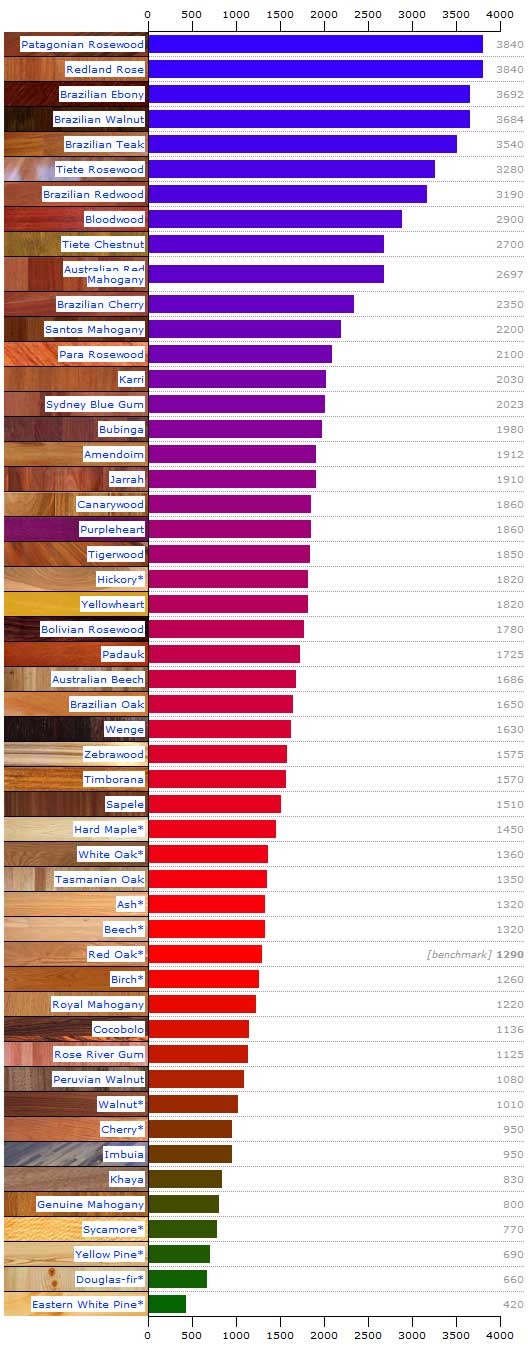- HOME
- Inspector Credentials
- Contact Us
- Buying the right wood floor
- About Us
- Your Wood Floor Inspection Report
- Clientele
- Hardwood Floor Inspection FAQ
- Formaldehyde in Engineer Flooring
Buying the Right Floor
Replacing carpet with wood flooring over a wood or concrete subfloor? Dangers you should know and avoid. Selecting the right flooring material for your home can be a difficult and challenging experience; however, before purchasing or contracting to install any wood flooring, save yourself a lot of headache, misery, and expense after the sale by doing the following:
- Having a plan. Don't do anything until you have a well thought out plan.
- Know whether the wood flooring can be installed in a basement or on concrete before making a purchase.
- Seeking help and advice from a NWFA Certified Professional Wood Flooring Inspector.
- Writing a good "contract" and never allowing your wood floor installation to begin without a written contract that states specifics, installation procedure and standards by which the floor is to be installed. A proposal is not a contract.
- Engaging our services to write or modify the contract before you sign it.
- Knowing and understanding flaws in structure and subfloors that are most often overlooked or never brought to your attention by wood flooring contractors.
- Knowing the subfloor in your home and costs associated with "preparing" it to meet standards required by the wood manufacturer and the National Wood Flooring Association Installation Guidelines. If you don't know your subfloor or framing structure contact us for an inspection and advice before signing a contract.
- Keeping in mind, the sale is what's most important to sales centers and wood flooring contractors.
- Asking yourself, should I :Go with solid wood flooring, engineered laminate, or bamboo flooring?
Do not purchase wood flooring for all the wrong reasons or to impress someone. These are costly mistakes.
- Consider lasting beauty and durability?
- You definitely will get what you pay for...
- Don't be bamboozled by 'free installation.' Poor installation will ruin any floor.
- Find an installation craftsman to install your flooring properly.
Floors that dent easily eventually turn ugly, cause embarrassment and in the end costing lots of money. We recommend not wasting time and money buying them. Always refer to the Janka Hardness Test Chart when buying solid wood flooring.
- Consider interior environmental conditions?
Environmental conditions play a very important role in your decision to go with flooring products. Whether you choose solid or engineered wood, laminate, or bamboo consider traffic, animals and moisture inside the home. High traffic, high relative humidity, poor functioning air conditioners, wet basements and crawl spaces and animals take their toll on flooring. One or more of these conditions can and will affect the finish or result in cupping, buckling, or movement that will require expensive repair or total replacement.
- Consider location of the floor, where will it be installed, traffic flow and pets?
If the floor is installed in high traffic areas, or large dogs are in the home, consider using a solid hardwood ranked high on the Janka Hardness Test Chart. By using this chart it will help you decide which floor is right for your home and specific needs.
- Consider elevations (basement, below grade, above grade, or both)?
Some flooring products are not recommended for use at or below the outside dirt line. Verify that your floor choice is approved for the correct grade level of your home.
Replacing Carpet With Wood Floors
What to do.
- Remove all carpet and padding and expose the subfloor to inside air movement.
- Deliver wood flooring and store it inside a living area with Heat/Air Conditioner operating.
- Leave wood flooring exposed for several days while it is acclimating to interior conditions, and during the acclimation period the subfloor has an opportunity to release moisture.
- If the wood flooring manufacturer does not require acclimation leave the subfloor exposed 2-3 days with the heat/AC running to dry subfloor panels to acceptable moisture conten
Floor hardness
Wood Hardness is something most homeowners never think about and fail to ask their wood flooring contractor. Just how hard is the wood floor selected for your home or business? The Janka Hardness and Stability Charts will give you the answer.
Use "The Janka Hardness Test Chart" below when selecting solid wood flooring for your home. This chart will help you when selecting the right solid wood floor for your particular need.
Janka Hardness Chart

While Janka values give a general sense of harness, many other factors also contribute to a wood floor's durability, including the type of cut (i.e. plainsawn or quartersawn), denseness of cell structure, and finished used.
Remember all flooring can dent, scratch, and abrade. Your proper maintenance habits will be an important factor in expected performance. Comply with the manufactures maintenance instructions to avoid problems.